In recent decades, outer space has been the scene of some of humanity’s greatest discoveries, and today it is possible to understand more about the functioning of many events far from our planet, such as black holes. With each new knowledge gained about phenomena, more is demonstrated about the need to explore every corner of the universe and to advance studies in the region, since these massive structures have so much potential to tell more about the history of the universe.
Here are some recent discoveries about black holes Related to science and understanding more about the enormity of mysterious galactic phenomena.
1. The light behind the black hole
(Source: Getty Images / Reproduction)
In July 2021, astronomers at Stanford University officially detected the first flashes of light behind a black hole, proving the theory that Einstein It had been suggested in mid-1915 that this phenomenon allowed the free movement of light rays around their center of mass. Until then, signals were only observed in front of the phenomenon, but advanced studies of eruptive gravitational lenses have identified X-ray emissions that were left as trails after a gamma-ray burst in the region.
2. Distortion of nearby objects
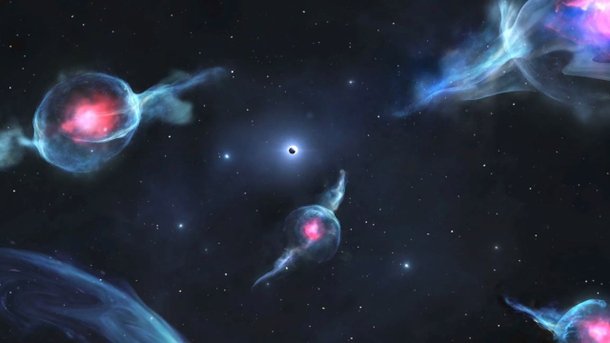
Proposed as a heavy object capable of altering the structure of space-time, the black hole also affects countless objects approaching its horizon, expanding its dimensions as it approaches. Many of these objects, which scientists called “G objects”, appeared as a result of the union between two stars attracted by the center of gravity of the phenomenon, and so far six of these amazing substances have already been discovered in Milky Way.
3. Disguised wormholes
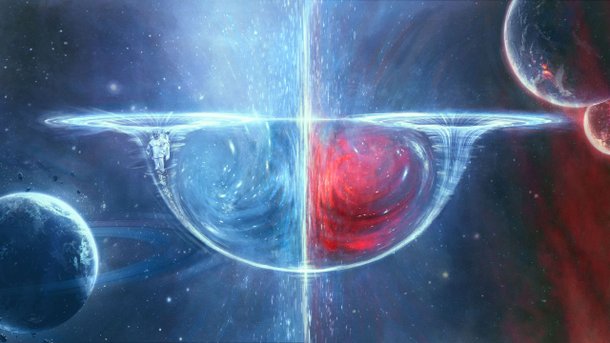
Wormholes are known in science fiction as one of the main spatial mechanisms responsible for transporting people among themselves parallel dimensions. However, according to astronomer Mikhail Petrovich, one of the main people responsible for searching for tunnels in the universe, it is possible that scientists have already observed some of these events in the form of disguised black holes.
This is because both regions have many similar characteristics, such as the effects of density and gravity, with the difference that the wormhole allows travelers in and out of its interior.
4. Black Hole Merger: Supermassive Black Hole

Researchers believe that the collision of two black holes causes a powerful wave of light up to a trillion times brighter than the sun. These explosions, which can occur even with more than two simultaneous regions, produce an infinite amount of gas and dust around them, and are considered the principle for the formation of supermassive black holes after a chain reaction, and they join the nuclei by the strong gravitational attraction between them. To date, more than 60 mergers have been registered.
5. A black hole of improbable mass
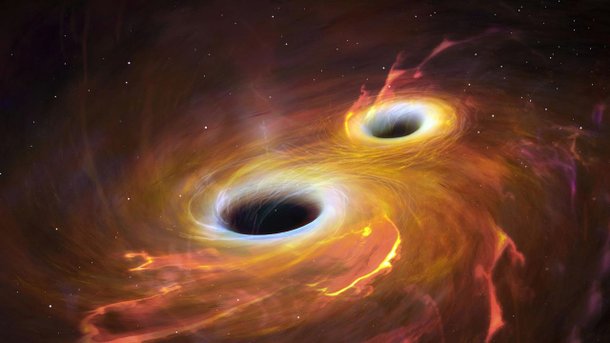
The heaviest black hole discovered in 2020 was revealed as part of a study of possible collisions between different nuclei. In the research, scientists observed that a black hole collides with another with a mass up to 85 times the mass of the Sun, resulting in an unprecedented phenomenon nearly 150 times heavier than the Milky Way’s dwarf star. The discovery, classified as “wonderfully unexpected,” sheds light on what might have happened when the universe had half its current life, which is about 7 billion years old.
6. Radio waves in aircraft
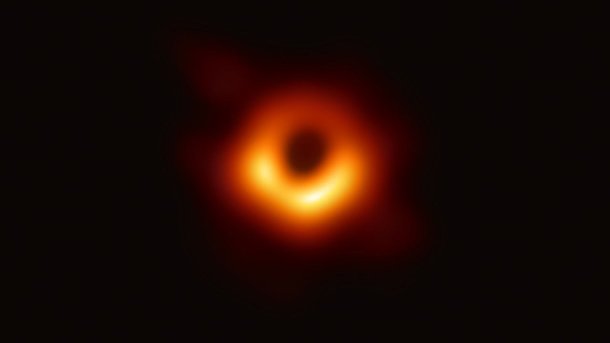
In July 2021, the Event Horizon Telescope (EHT) project, which includes eight radio observatories around the world, released the first images of a black hole releasing jets of radio waves. The phenomenon, which occurred in the lenticular galaxy Centaurus A, drew attention to the emission of an amount of energy much greater than that emitted by the Milky Way and marks the first time such an event has been visually displayed with such precision and clarity.

“Incurable thinker. Food aficionado. Subtly charming alcohol scholar. Pop culture advocate.”

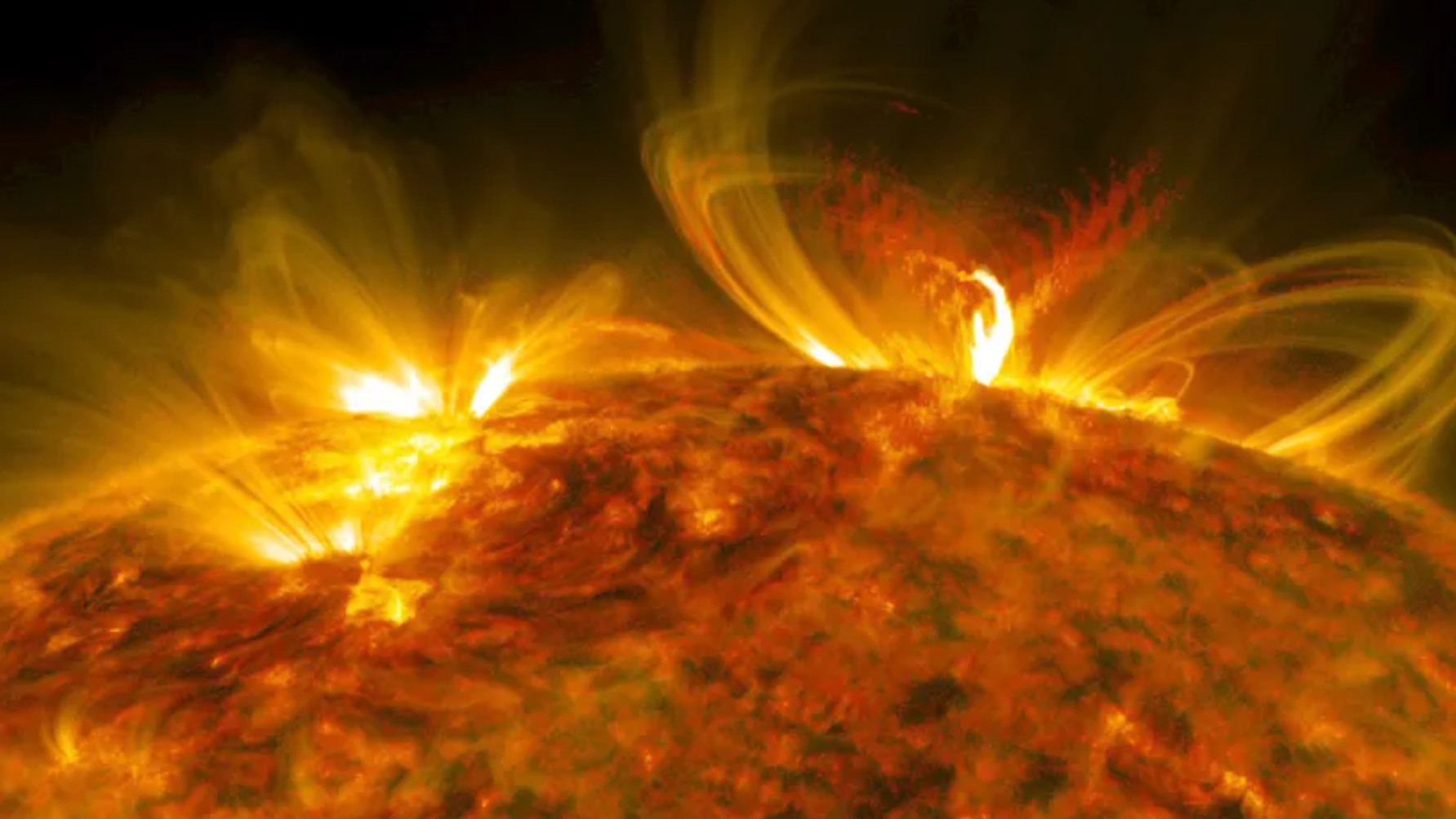
:strip_icc()/s02.video.glbimg.com/x720/12532177.jpg)



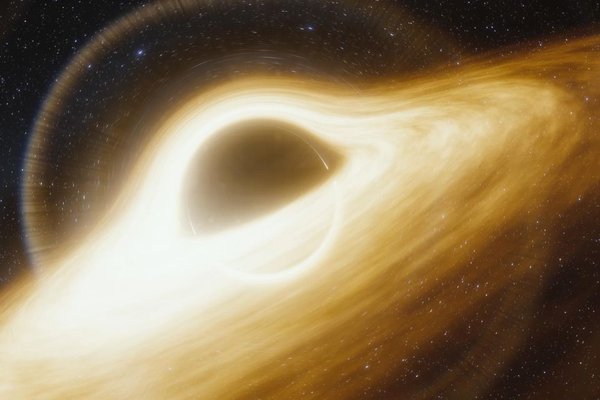
More Stories
Comet 12P/Pons-Brooks passes through a solar flare in NASA video
The Ministry of Health and Google enter into a partnership – Capitalism
“Devil's Comet” can now be seen in the skies of southern Brazil